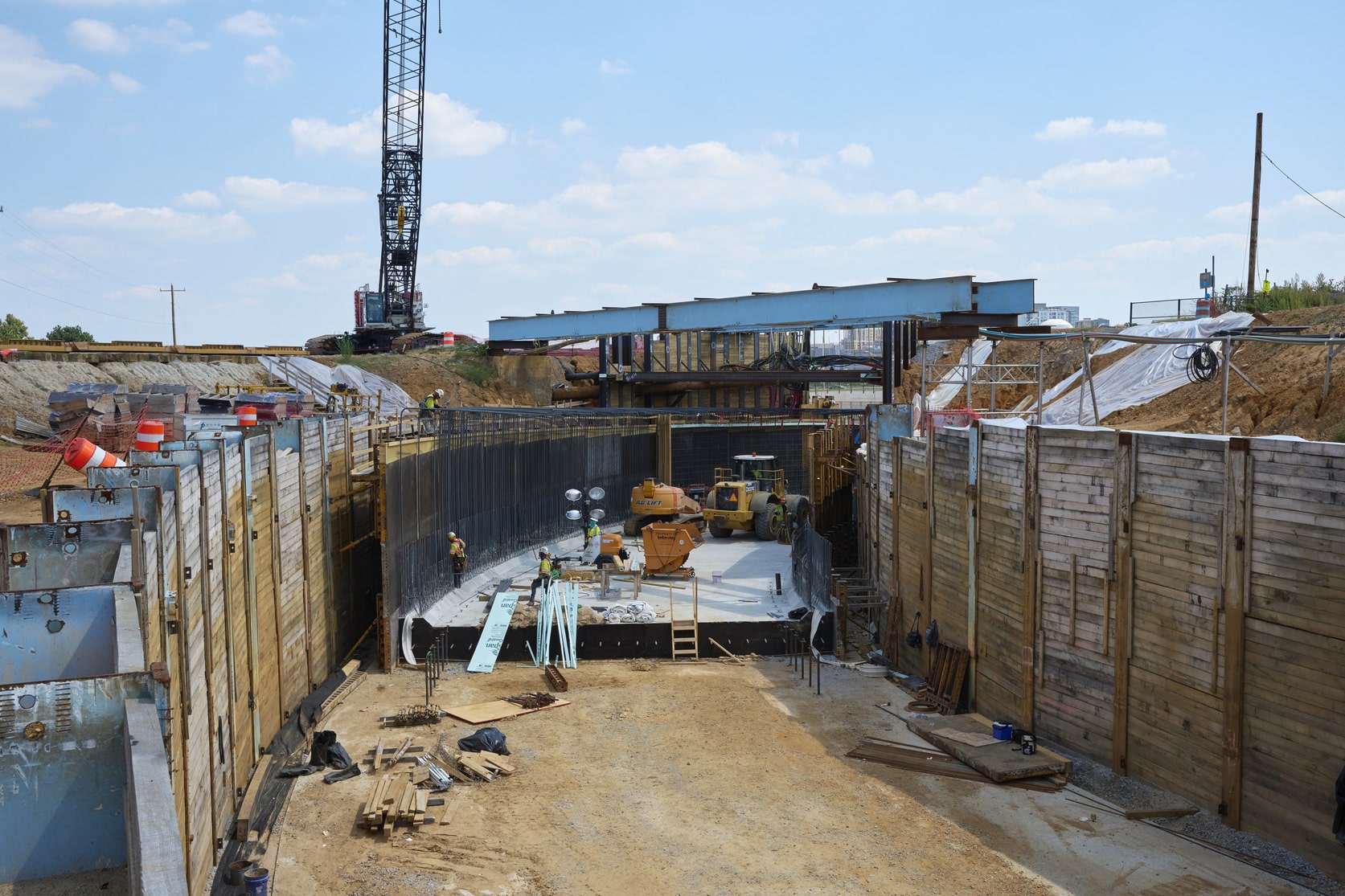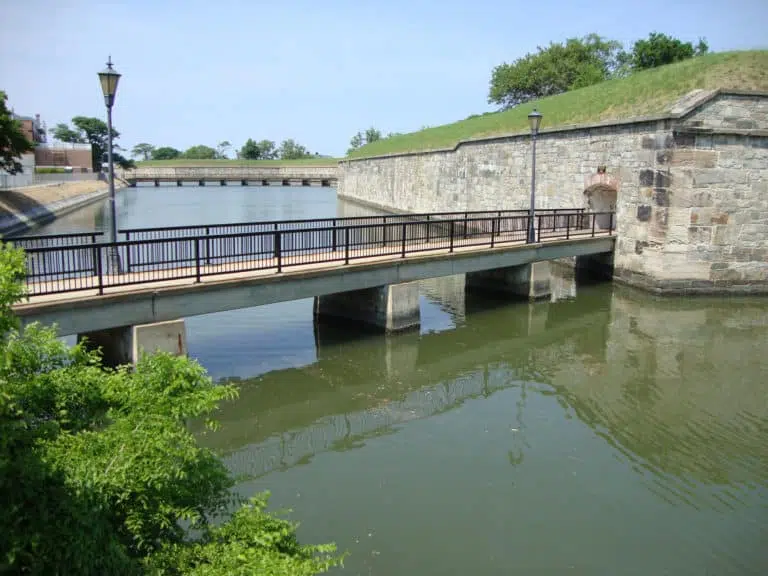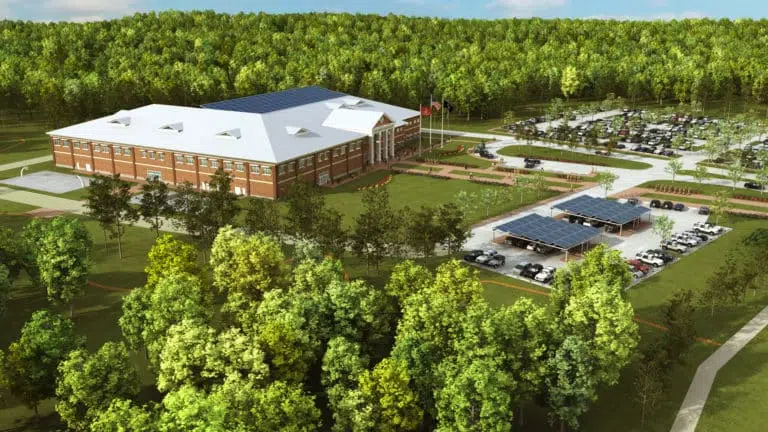Kimley-Horn provided leadership in energy and environmental design, site civil engineering, stormwater, landscape architecture, and irrigation services...
Community Considerations
Designed full temporary roadways to keep traffic moving efficiently during road realignments and intersection alterations and also ensured that utility connections remained active during the large-scale road and tunnel construction
Unique Support
Maintained accessibility for Air Force Memorial visitors and collaboratively completed a mass grading of more than 60+ acres of the Cemetery site to allow the area to be used for future interment
Multimodal Connections
Designed an overhaul of the existing narrow sidewalk system, adding 8-foot-wide pedestrian paths on either side of the street and a two-way bikeway as well as uniquely designing Columbia Pike to support future in-road transit systems
As part of the southern expansion for the Arlington National Cemetery, our team completed a strategic realignment and reconfiguration of major adjacent roadways and sidewalk connections. These adjustments to a complex area involved extensive stakeholder coordination and community considerations—but the result will accommodate 37+ contiguous acres of new interment space for the premier military cemetery in the country and support enhanced transit, pedestrian, and bike accessibility for Arlington County.
As the engineer-of-record for the Arlington National Cemetery Defense Access Road project, Kimley-Horn provided a variety of services, from roadway design to traffic analysis, utility undergrounding, and other civil design services to support the roadway reconfigurations. Our work helped achieve a variety of goals that were integral to the Cemetery’s expansion, including the following:
Realigned Columbia Pike and South Joyce Street
Replaced Southgate Road with a new segment of South Nash Street
Modified the Columbia Pike and Washington Boulevard interchange
Relocated utilities—including water, gas, sanitary sewer, stormwater, power, and communications
Completed mass site grading to support Arlington National Cemetery’s expansion
Created pedestrian and bicycle facilities with enhanced street lighting and landscaping
Designed retaining walls to support a new service vehicle tunnel
Adjusted limited access control and right of way around the State Route 27 and I-395 areas
Maintained traffic mobility and access to the Air Force Memorial for the majority of construction
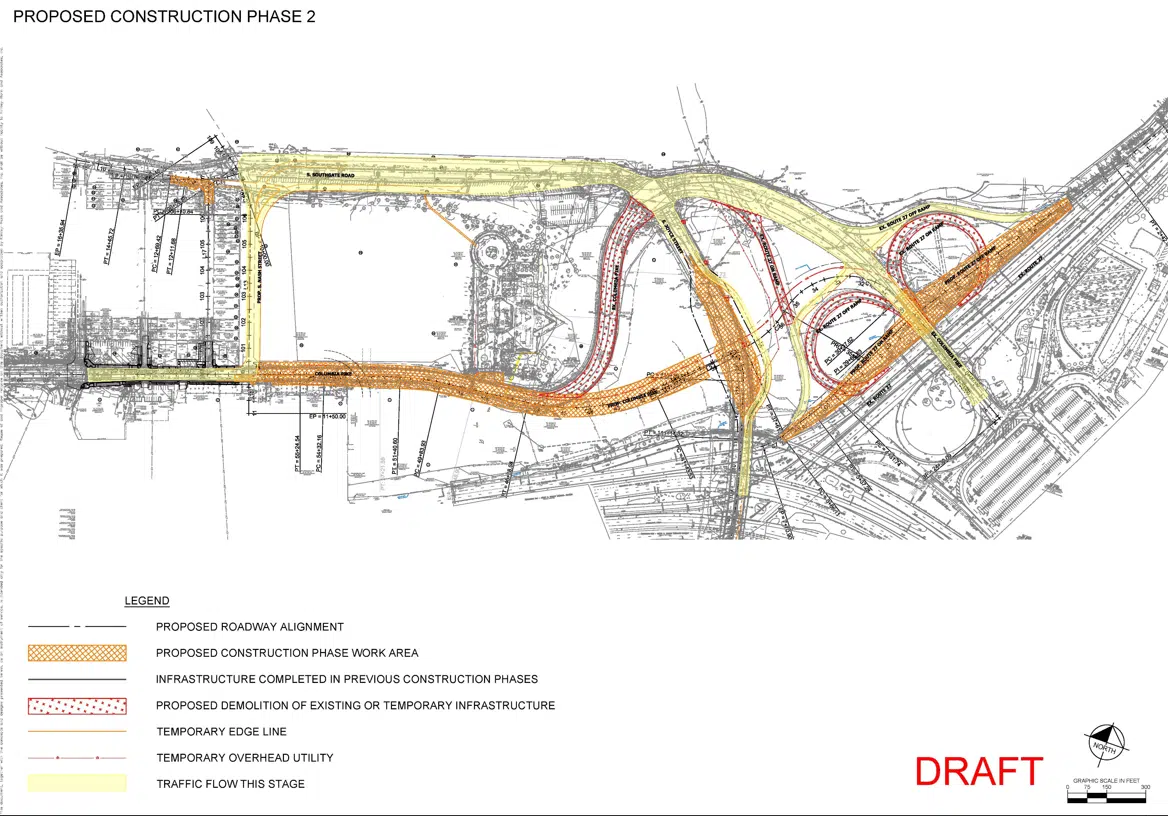
Navigating Stakeholder Coordination and Limited Access Control Changes
A range of more than 30 total stakeholders—including the Federal Highway Administration, the Virginia Department of Transportation, Arlington County, the Air Force Memorial, Arlington National Cemetery, the Pentagon Memorial Fund, and many public and private utility providers—had vested interests in this project. Our team thoughtfully coordinated with them to reach consensus and integrate varied perspectives. We also worked with the US Army Corps of Engineers and HNTB, who is delivering the ANC Southern Expansion project that overlaps with our design and construction work.
In collaboration with many of the stakeholders, our team embarked on a nearly year-long process to complete a Limited Access Control Change adjacent to Route 27 and I-395 and redefine the right of way. These changes were needed to align with upcoming roadway and interchange ownership adjustments, and we were able to gain approval for the changes from the Transportation Board of Virginia.
Adapting for Unique Cemetery and Memorial Needs
To allow the Cemetery to gain additional space, we realigned Columbia Pike closer to I-395 and State Route 27—which also required modifications to the interchange. Additionally, the team redesigned a temporary entrance and added a new entrance to the Air Force Memorial, supporting consistent access for guests attending dignitary or retirement events at the popular location.
In support of Arlington National Cemetery’s unique needs, we worked with HNTB to regrade the entire 60+ acres to make the land suitable for burials. The original site had one massive hill and multiple other highs and lows across the terrain, requiring adaptable grading to the varying conditions.
Prioritizing Mobility and Continuous Service
Before this project, there was only a narrow sidewalk around the southern part of the Arlington National Cemetery, limiting options for transit users, cyclists, and pedestrians. We helped massively expand the multimodal infrastructure, adding 8-foot-wide sidewalks on both sides of the street as well as a two-way bicycle track on one side. This piece of pedestrian and cyclist right of way also provides an integral link in an existing trail around the cemetery.
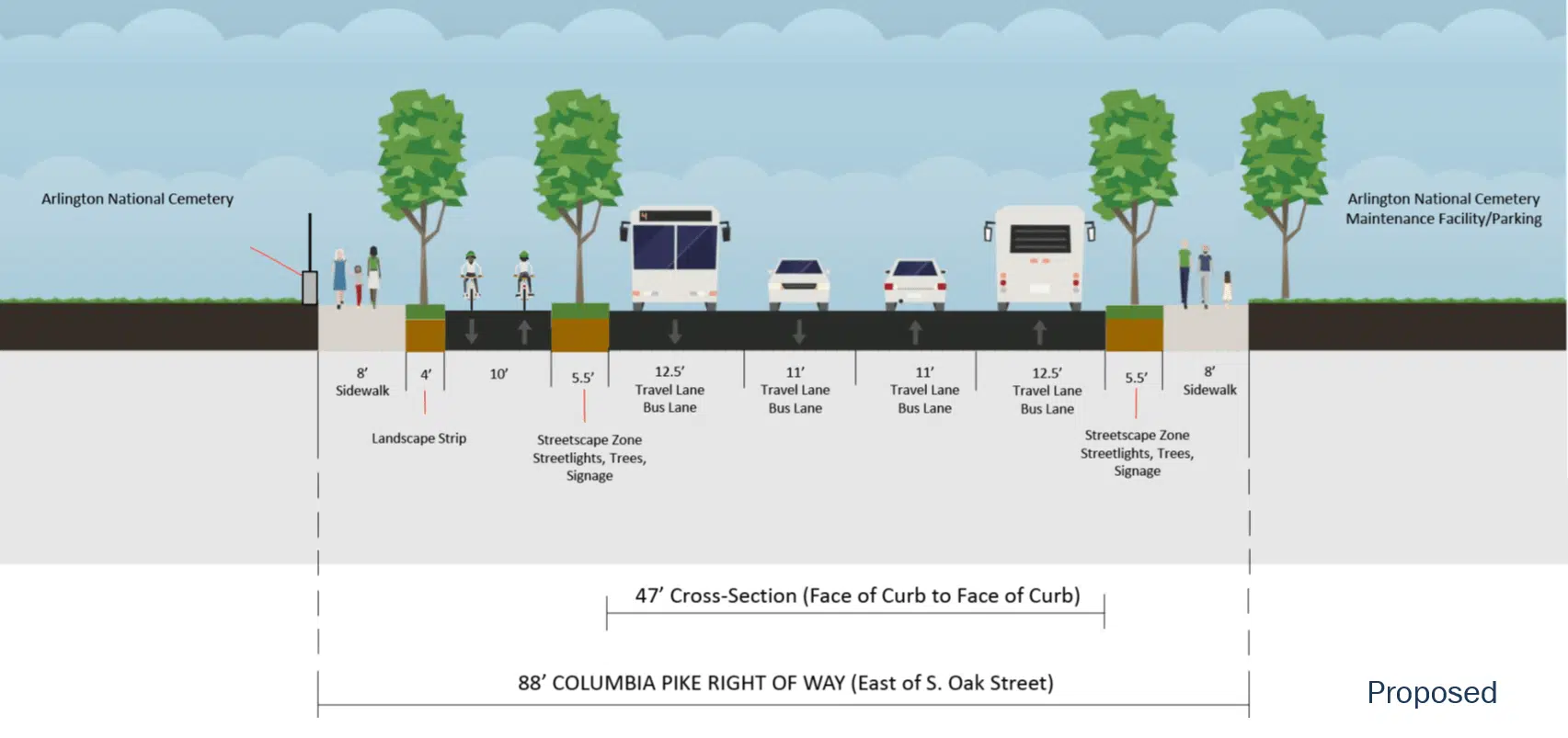
To keep traffic flowing on S Joyce Street while we reconfigured the nearby intersection, we designed a multi-lane road bypass. S Joyce Street was one of the only connections underneath the highways in this area, and drivers needed access to the Air Force Memorial and a nearby neighborhood as well as a way to move around restricted areas near the Pentagon and a local joint base. Shutting the road down for construction would cause massive traffic disruptions—so we graded the intersection to bring it up more than 10 feet and built a separate temporary road to keep key road connections active through construction.
Additionally, we maintained utility service to the community during the construction of a 25-foot-wide tunnel to support future Cemetery maintenance operations. The project team analyzed the existing power, communications, gas, and water lines and designed unique methods for these systems to be relocated around or suspended over the tunnel construction—achieving the goal of no service interruptions.
Construction of the Defense Access Road project is anticipated to be finished at the end of 2025, while Cemetery expansion is currently slated for a 2027 completion date. With a vision for enhanced accessibility and multimodal connections, this multi-year endeavor will support the growth of one of the nation’s treasured places to celebrate life and memory.

